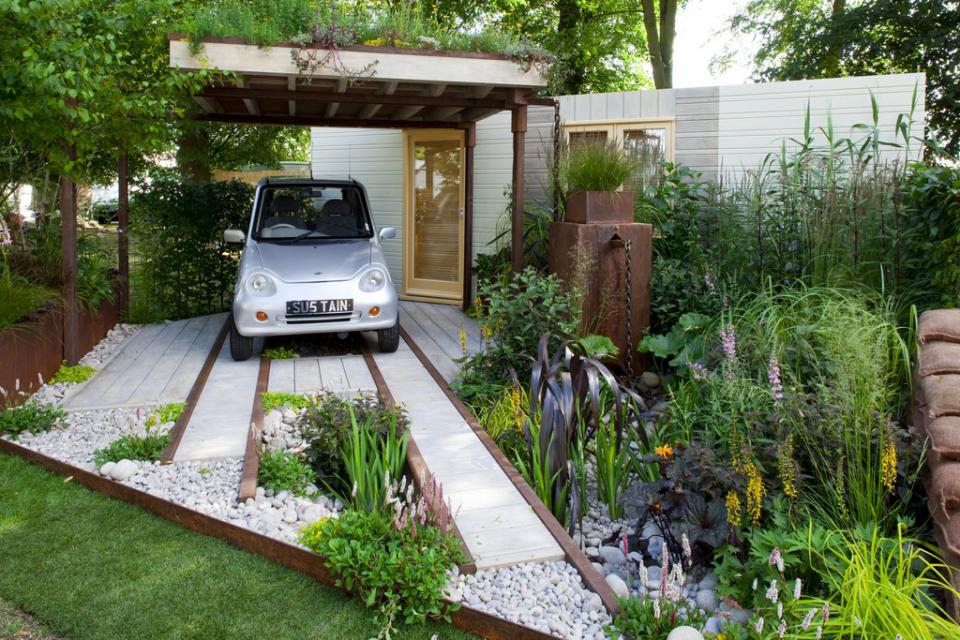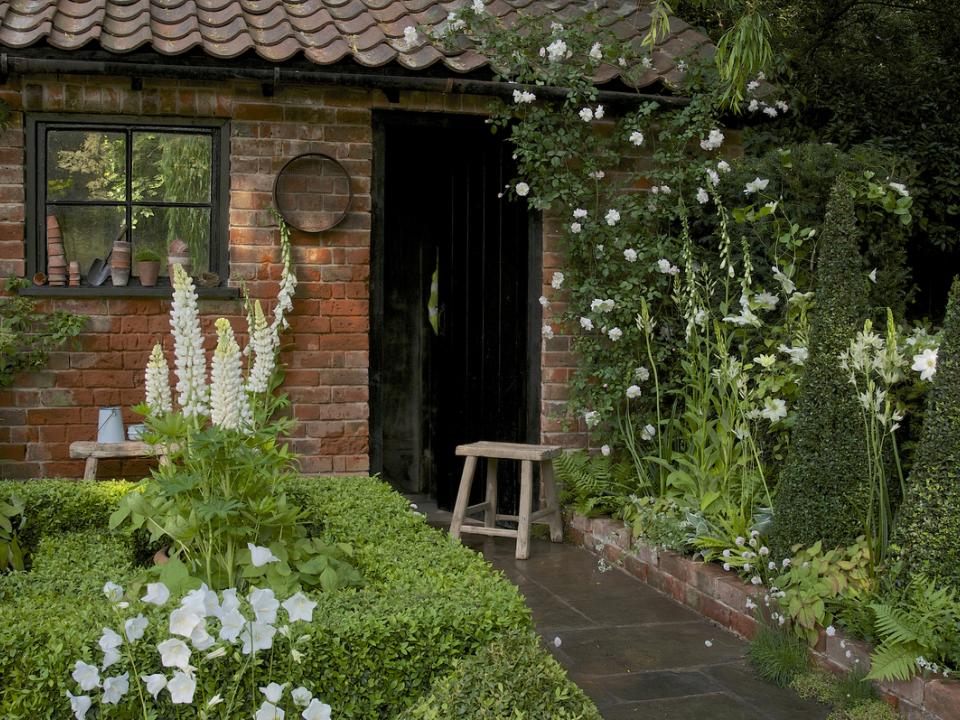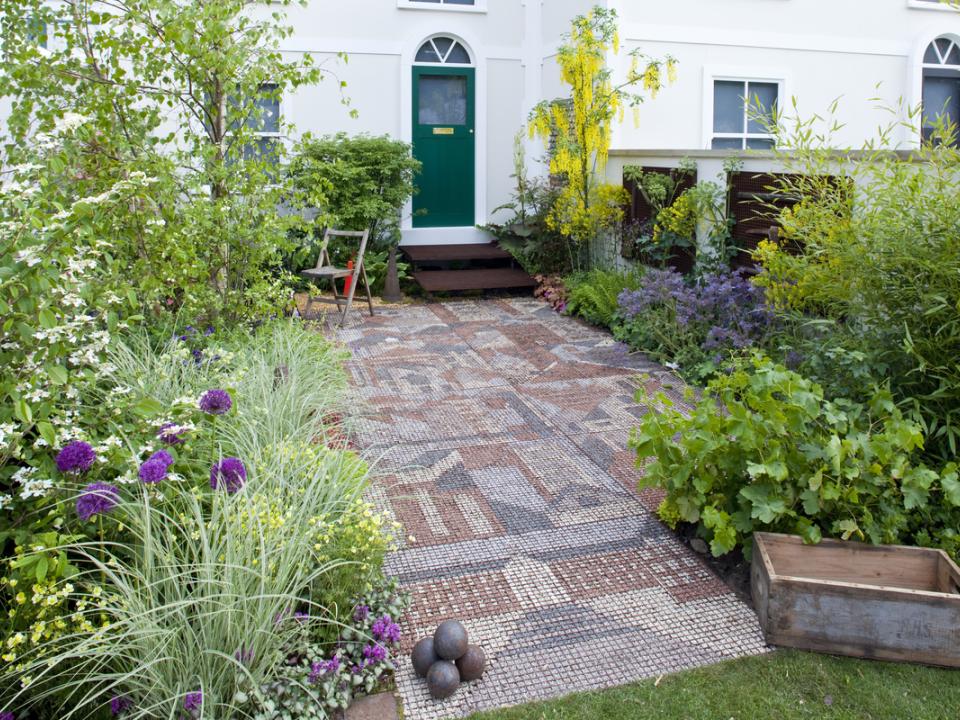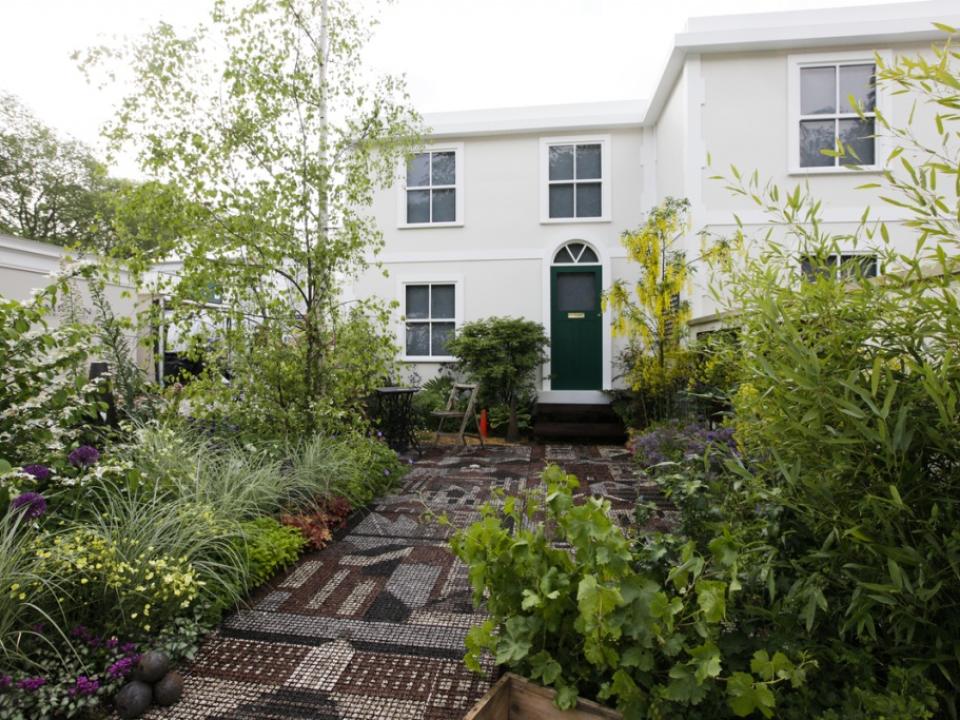Vertical gardening
If you do really need to park your car in front of your house, work out how much space your car takes up and work around it. RHS suggests using walls and fences for plants to scramble up. We love climbers, such as ivy, clematis, honeysuckle and jasmine.
Secret corners
Most gardens, however small, will have ‘dead space’ in the form of hidden corners, nooks and crannies. Use these spaces for small potted plants – or why not create an aromatic herb garden. Rosemary and mint are easy to grow and can survive in shady spots.

Under-car planting
Believe it or not, certain plants will even tolerate being parked over – particularly if you take your car to work every day so the plants can catch some rays. Create planting pockets in the paving or gravel and opt for low-growing plants, such as creeping jenny and thyme.
Potted plants
Colourful pots, however small, will help you to bring new life to your garden and can be placed anywhere there’s a space. For summer colour, opt for petunias then replace with pansies in autumn. Or if you prefer something that will last for more than one season, choose evergreen shrubs such as lavender.

Attract wildlife
If you really want to bring your garden to life, choose plants that will attract wildlife, such as birds, insects and bees. Read our guide to the best plants for turning your space into a wildlife haven.
Want some inspiration? Check out this amazing ‘green’ street in North Tyneside’s Whitley Bay, where all the residents got together and devised a project to transform this neglected back street into a botanical oasis.






